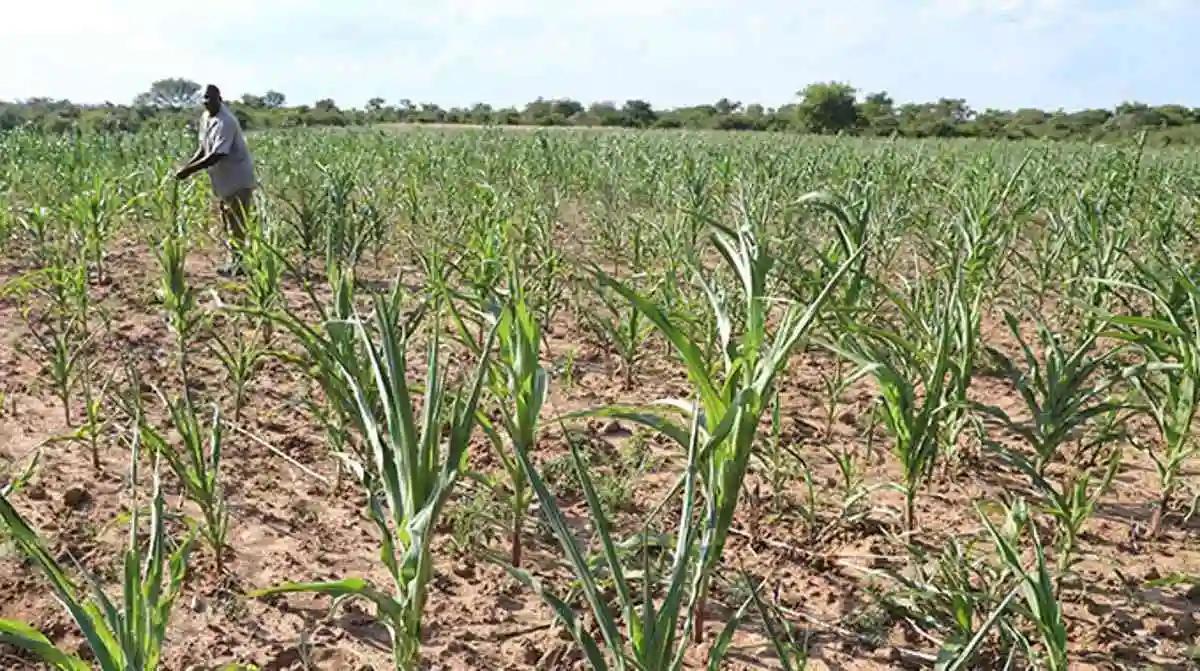Africa-Press – Zimbabwe. The Zimbabwean Ministry of Lands, Agriculture, Fisheries, and Rural Development has reported that this year’s maize harvest will be 70% smaller than the previous season due to severe drought damage.
As per the Ministry’s outlook report, Zimbabwe’s maize production is projected to reach approximately 696,116 tonnes, a significant decline from the estimated 2.3 million tonnes for 2023.
newZWire highlights that this year’s harvest would be the smallest since 2016 when Zimbabwe managed to produce only 512,000 tonnes of maize.
An earlier report by the government last week said maize hectarage fell by 12% this season as farmers planted less. Said the Lands Ministry:
The Government should aim to close the gap of 318,723 tonnes while the private sector can import as much as they want.
Combining maize, traditional grains and wheat, the strategic grain reserve is 434,293 tonnes excluding the Russia donation to the President of 25,000 tonnes.
In 2023, Mashonaland West and Mashonaland East produced the most maize. This year, farmers in these two traditionally strong farm provinces were hit by low rainfall. The assessment says the Midlands will have the biggest harvest.
Mash West is projected to produce 290,005 tonnes, down from 523,023 last year. Mash East’s harvest is expected at 225,675 tonnes, from 415,574 tonnes last year.
Midlands will produce 381,056 tonnes, compared to 414,249 tonnes in 2023. The projection for Mashonaland Central is 207,966 tonnes from 342,249 tonnes.
Among the hardest hit provinces is Mat North, where the area planted under maize fell by 30%; the province will produce 95,726 tonnes this year after it performed better than expected last year with 82,739 tonnes.
For More News And Analysis About Zimbabwe Follow Africa-Press






